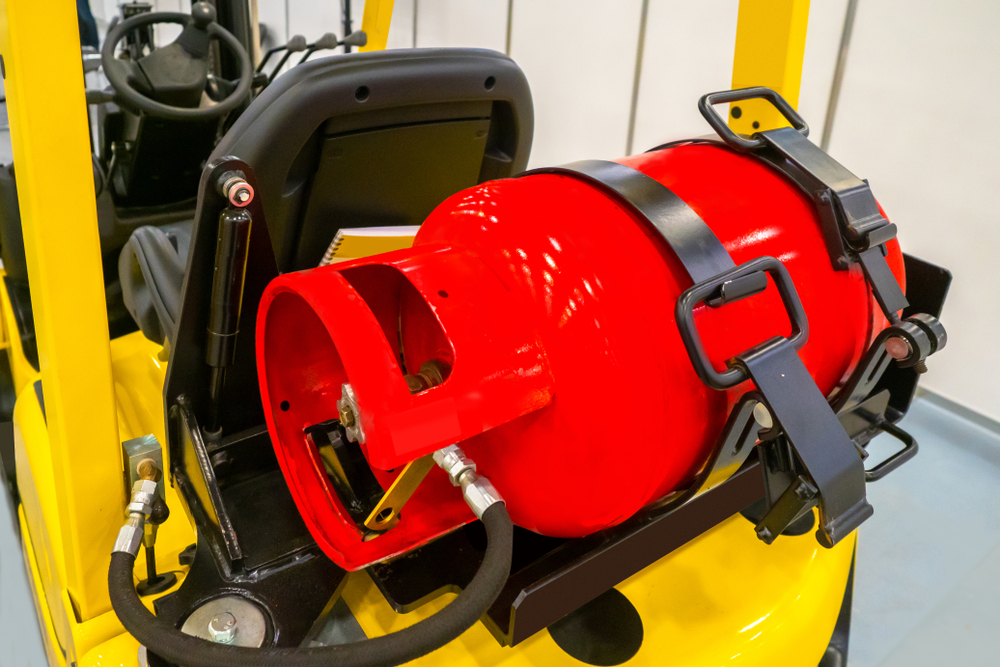In our latest installment of Ask the Expert, brought to you by the team of industry experts at EHS Hero®, we look at a recent question from a subscriber asking about the personal protective equipment (PPE) needed when changing a propane tank. See what the experts had to say.
Q: Are a face shield and gloves sufficient for changing a propane tank on a lift in California?
While Cal/OSHA does not have rules that require specific PPE for changing propane tanks on lifts, it requires that employers provide PPE and training to each employee who is or likely will be exposed to physical or health hazards in the workplace when engineering and administrative controls cannot feasibly or effectively reduce exposures to safe levels. To determine whether PPE is necessary in a workplace, an employer must conduct a hazard assessment for each job to evaluate the levels of employee exposure to various hazards.
Cal/OSHA provides nonmandatory compliance guidelines for hazard assessment and PPE selection in Appendix A to 8 CCR 3380, but ultimately it is up to the employer to assess workplace hazards and select, and have each affected employee use, the appropriate types of PPE. As Cal/OSHA states in Appendix A, “It should be the responsibility of the safety officer to exercise common sense and appropriate expertise to accomplish these tasks.”
Common types of PPE used when working with compressed gas cylinders like propane tanks include eye protection (such as safety glasses or goggles) and foot protection, and may also include face shields, gloves, protective clothing, or respirators. Liquefied petroleum gas (LPG) like propane can cause cold burns if it comes in contact with skin, so gloves, eye protection, and foot protection are typically necessary. But again, it is up to you as the employer to assess the hazards of the task and select the appropriate PPE.
It is worth nothing that Cal/OSHA does require fall protection while working on a lift. Pursuant to 8 CCR 3648(o), an employee, while in an elevated aerial device, must be secured to the boom, basket, or tub of the aerial device through the use of a safety belt, body belt, or body harness equipped with safety strap or lanyard. See the regulation for detailed requirements on the use of safety belts/body belts and body harnesses.

